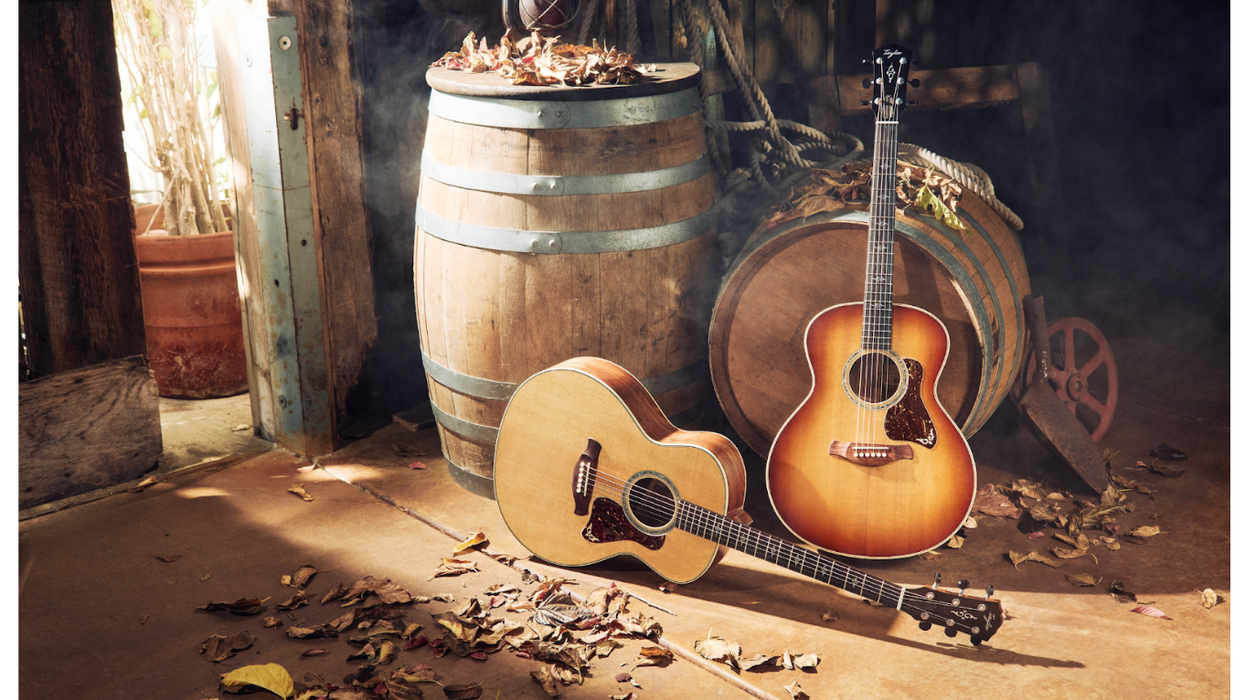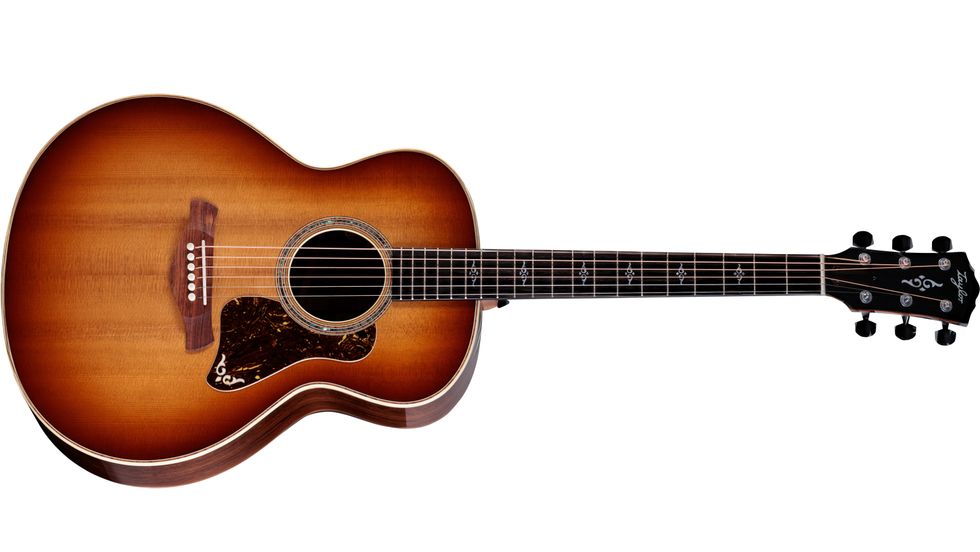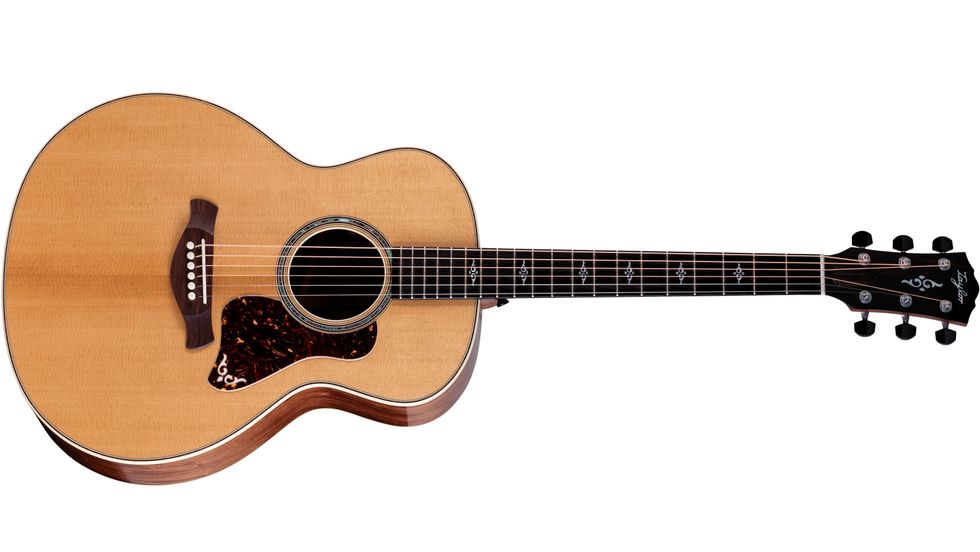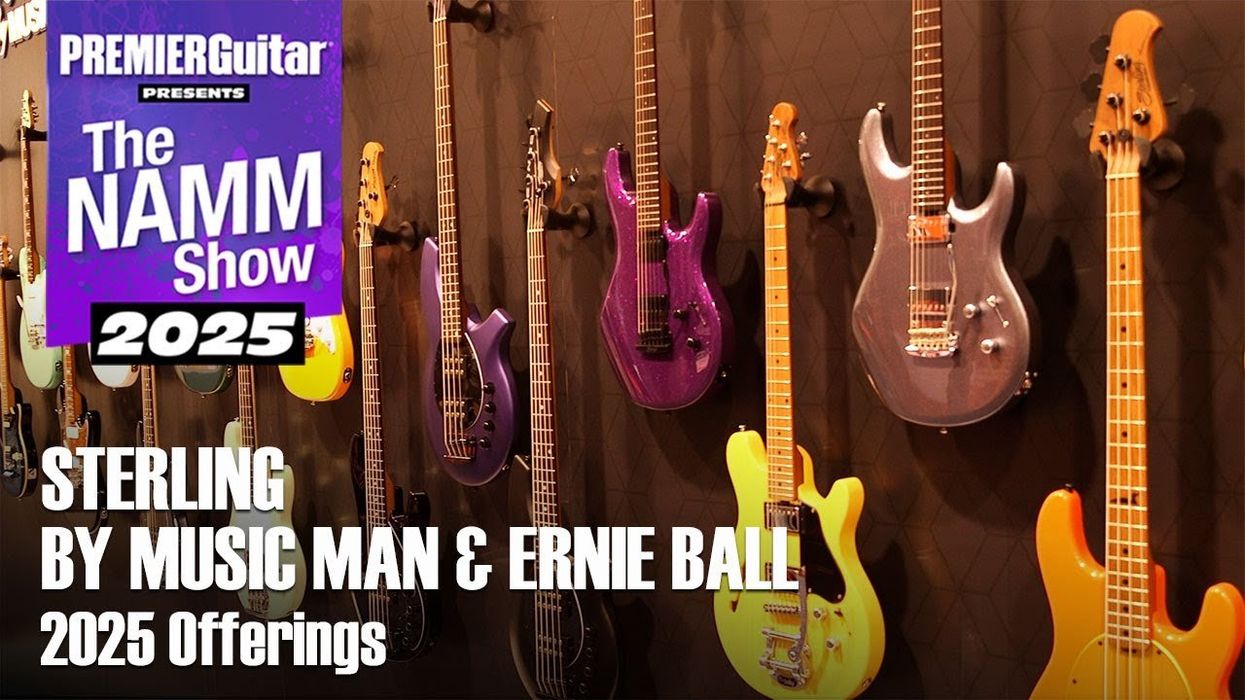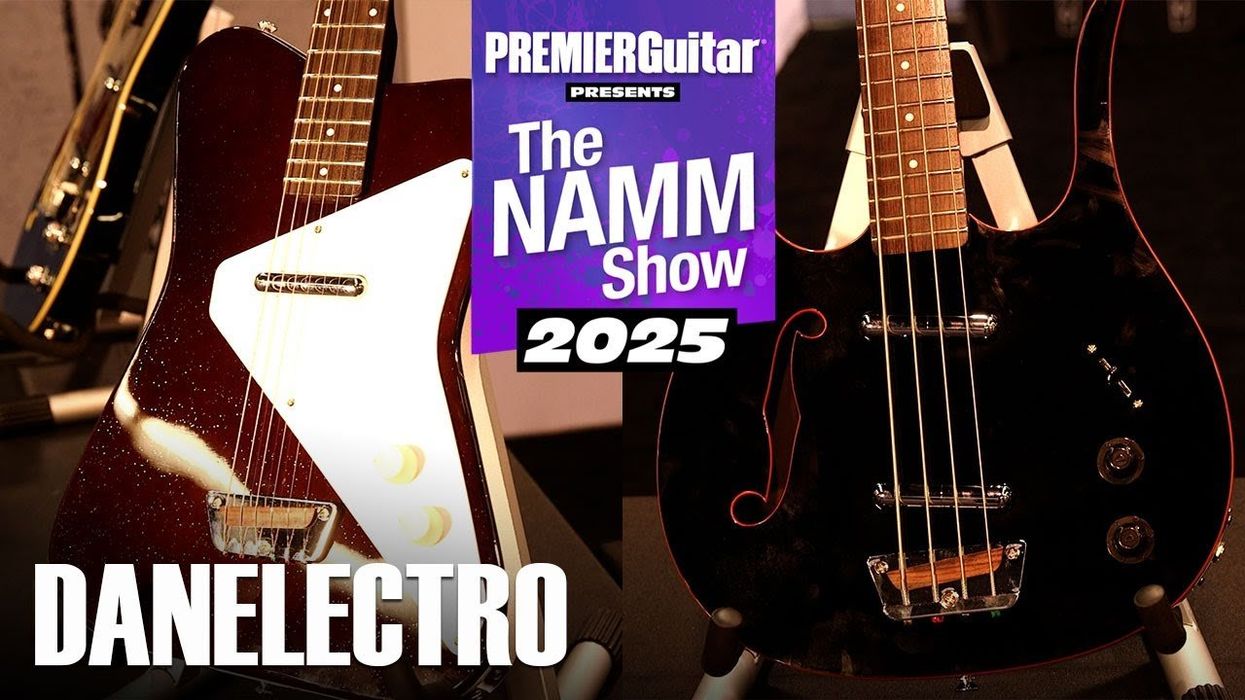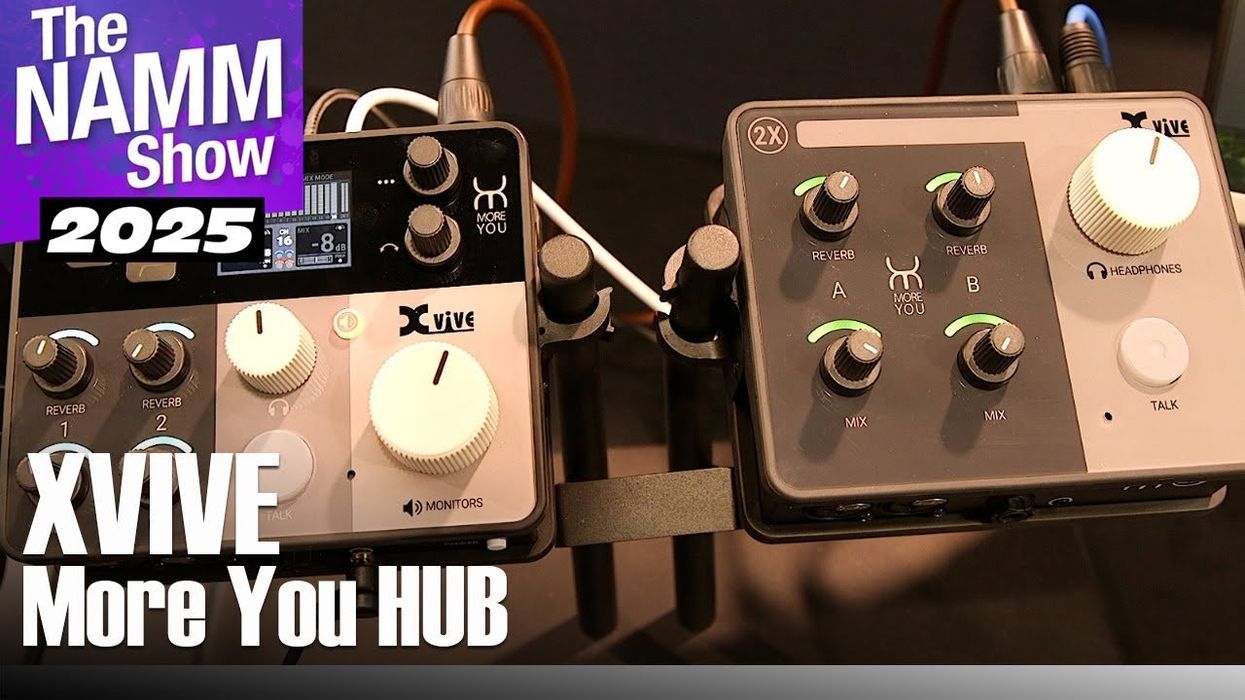Greetings, guitar nerds! As I write this, I'm still decompressing from Anaheim, California's winter NAMM show. I think this was my 25th show, and while it's always exhausting, I still really enjoy attending and look forward to it every year. My friends are all there and it's full of guitars and gear. What's not to like? Every year I find a few pieces of gear that pique my interest—things that seem like they'd be valuable additions to my toolbox as a working guitarist. So, in this month's column, I'd like to share some of the most impressive things I saw and heard at this year's show.
UA OX Amp Top Box. For those of you out there who follow me and my work, you're likely aware that I'm a big proponent of using load boxes and speaker simulation to record guitar tones. These tools can open up a world of possibilities for guitarists who want to track using tube amps. Universal Audio's new OX is an all-in-one reactive attenuator and load box, which means it can be used both onstage to lower the volume of your tube amp and speaker(s) to any level, and in the studio as a load box to send a line-level signal to a recording interface.
The OX software app features not only deep and extensive cabinet and microphone modeling, but effects capability as well. You can store 100 presets in the software app and you can also save six virtual “rigs" (presets) in the OX box itself, which are selectable via a front-panel knob. This makes easy work of having a few favorite cab and mic options available for quick recall by taking the OX to a gig or session. I was very impressed by this powerhouse unit and am eagerly anticipating adding one to my arsenal!
New speaker designs. Celestion showed off two new and very different guitar speakers. Their Neo 250 is a high-power, lightweight speaker that was designed with clarity, neutral mids, and a clear, open top-end with minimal cone-breakup in mind. Its lightweight nature is thanks to the neodymium magnet, and this could potentially be a great option for guitarists who love the classic EV speaker sound, but don't want to deal with the weight.
Celestion also introduced the F12-X200 full-range 12" speaker. Made primarily for use with amp modelers, it features a coaxial design with a compression driver to reproduce high frequencies. It looks like a traditional 12" guitar speaker and is meant to be mounted in a typical open- or closed-back style 1x12 cabinet. It has a fairly flat frequency response, from about 60 Hz to 20 kHz, and it's intended to reproduce whatever you throw at it while lending some of the feel of a traditional guitar cab—something that can be missing when playing modelers through full-range, PA-style systems.
Italy's RedSound introduced a similar product. The RS-LG12 is a full-range 1x12 speaker cabinet designed for modelers and can be ordered in different colors, including dark green for you Kemper fanatics! It's available in both powered and passive versions, and is tuned to provide the sound and feel of a traditional guitar cabinet.
Taylor V-Class acoustics. All wooden acoustic guitars have some type of bracing (the internal reinforcements on a guitar's back and top), and bracing affects tone in a big way. While the vast majority of acoustics feature some variation of the X-bracing design developed by Martin long ago, NAMM attendees were introduced to Taylor's new V-Class guitars, which utilize an entirely new bracing system. Shaped like—you guessed it—a “V," the radically different approach to bracing aims to improve sustain, volume, clarity, and intonation. Even in the noisy NAMM surroundings, I was pretty knocked out by the demo I heard from this unique, bold design.
Notes seemed to ring for ages, and there was a clarity and “in-tuneness" (Is that a word?) to chords all over the neck that was most impressive. Taylor is incorporating the V-Class bracing into their Grand Auditorium and Builder's Edition models first, and it's my understanding they intend to eventually incorporate the design into all their instruments.
A new tremolo bridge that knocked me out. Trev Wilkinson has been making great guitar hardware for ages. He's come up with a simple, elegant tremolo bridge design that looks a lot like a traditional two-post vibrato, but with one big difference: You can lock the string at the point it breaks over the saddle. This differs from a Floyd Rose-style locking tremolo in that you string the guitar through a steel block, like a regular Strat-style bridge. Experience has shown me that much of the tuning instability when using a Strat-style trem system is a result of the strings slipping back and forth over the bridge saddles. So, with a properly cut nut, straight string pull, and locking tuners, a bridge like this might just rival a double-locking tremolo's tuning stability, but provide the ease of use, look, and tone of a traditional-style trem.
It's so great seeing so much innovation still happening with guitar gear. Here's to a great year of making music with all these new tools we have at our disposal. See you next month!








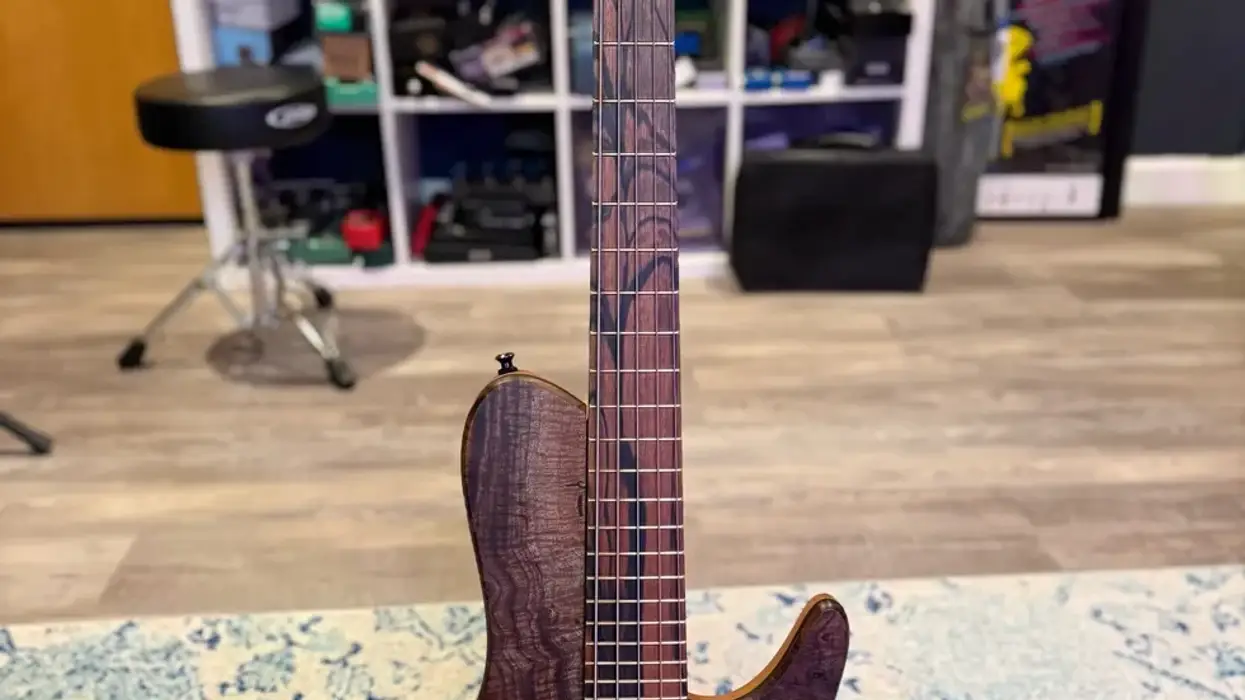





![Rig Rundown: Russian Circles’ Mike Sullivan [2025]](https://www.premierguitar.com/media-library/youtube.jpg?id=62303631&width=1245&height=700&quality=70&coordinates=0%2C0%2C0%2C0)
